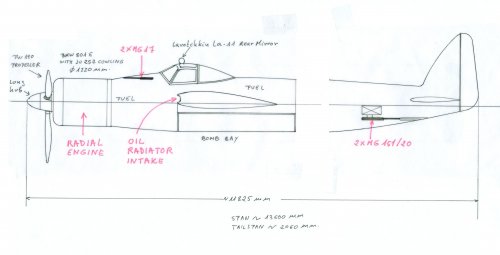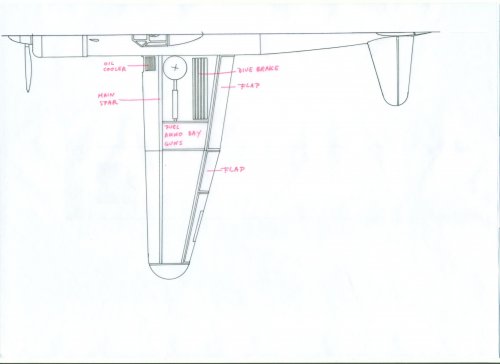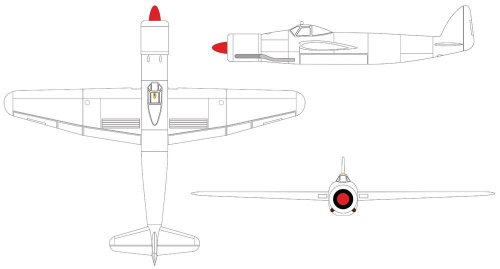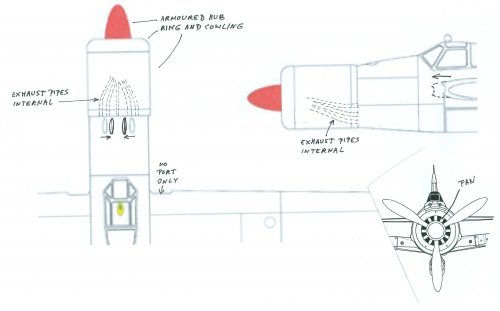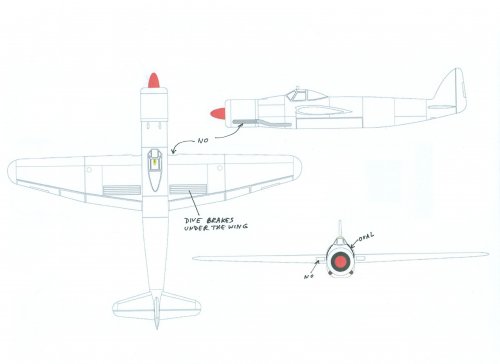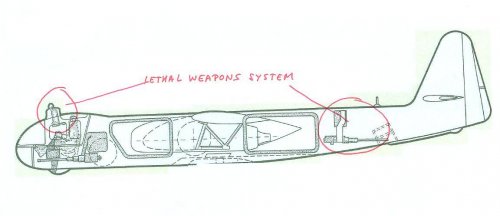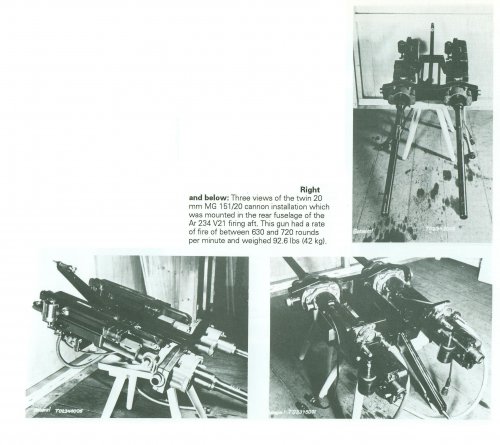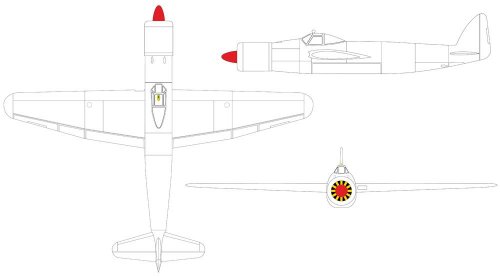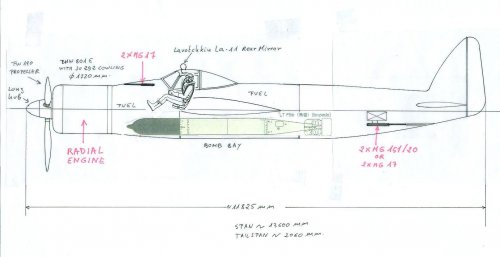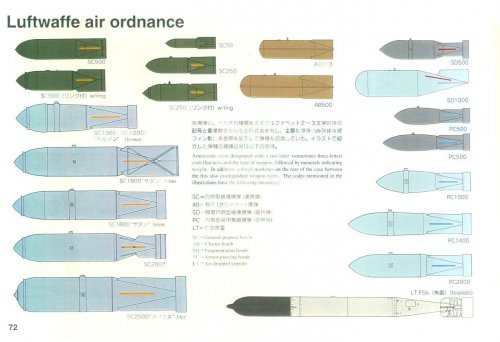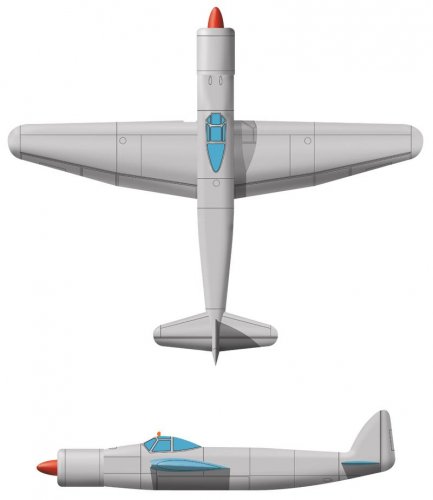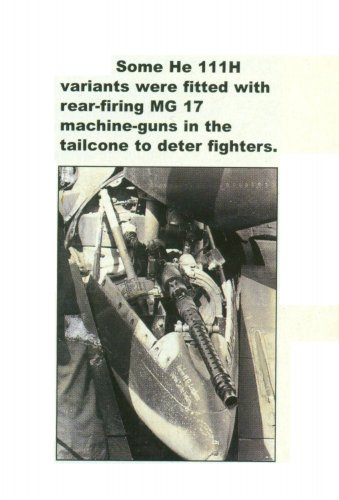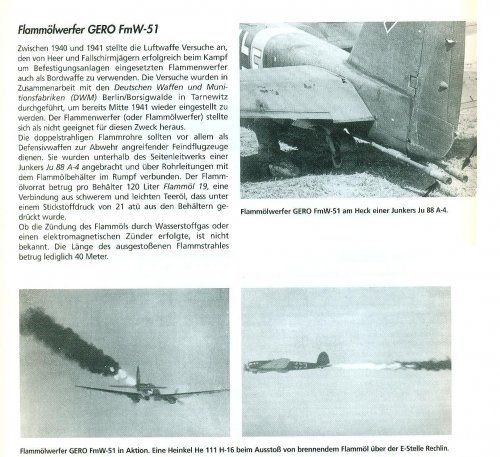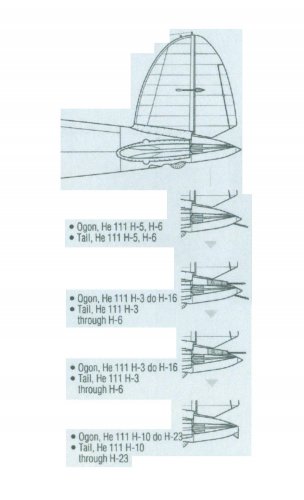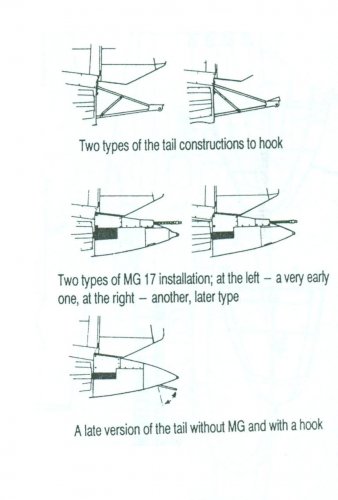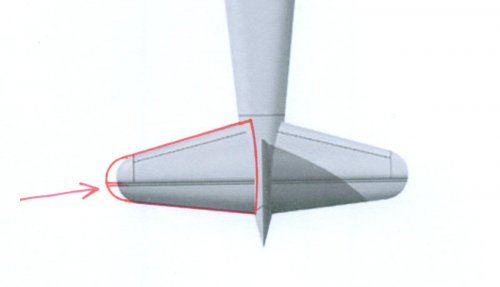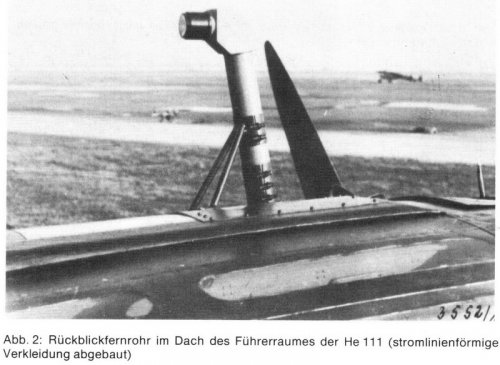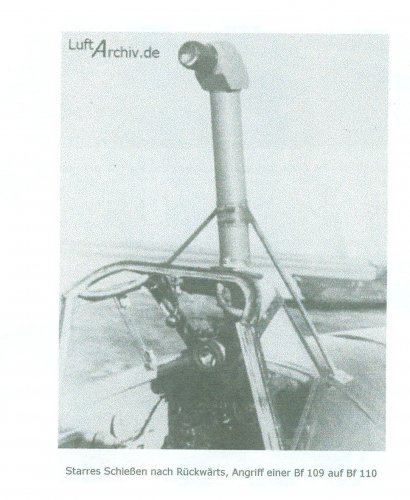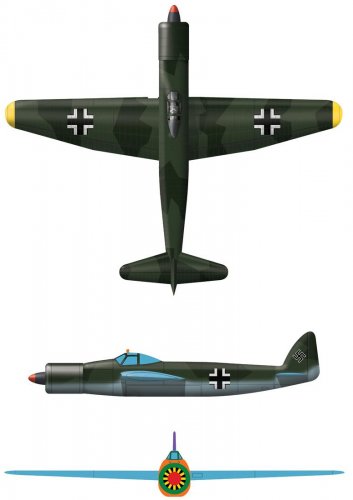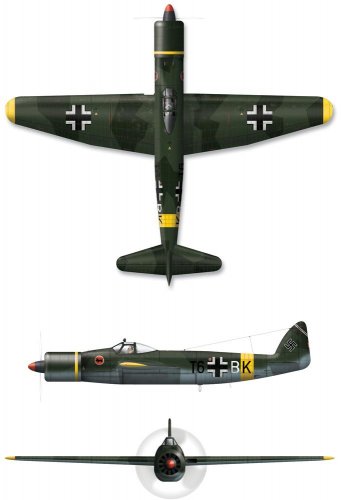Justo Miranda said:
Of course, killing an enemy was always the goal ! But as the EF 82 was a project from the early years of the
war, armament probably would have been similar to that, of the aircraft then in use. Fixed rearward firing guns
weer actually installed in a number of aircraft, AFAIK mainly He 111, in the form of a single MG 17 in the tail cone.
So, killing an attacker with such a weapon was possible, but not very likely. The raison d'etre was, to throw off the
attacker just when he was aligned to his target in the best way, by sending a stream of tracers at him. The German
bomber crews called this weapon "Vogelscheuche" (scarecrow) and because it was found to be of limited value only,
only relatively few bomber (mainly He 111) were fitted with it. That's what I've read and I couldn't find any confirmation
for a kill with it. I think, at least some of the Martin Marylands in British use had rearward firing guns, too, installed in
the engine nacelles, AFAIK, with similar results.
Rearward facing armamment as in the Ar 234 C-5 maybe was a different story. IIRC, due to the short time, that was
available in fast jets for aiming and firing at slower targets, the idea of rearward guns came up again, but now for a
much more offensive purpose. But I'm quite sure, that those reasons wouldn't have effected the EF 82 ! Only other
reason I can envisage, would be shooting at a target after pull-up from a dive bombing attack.

